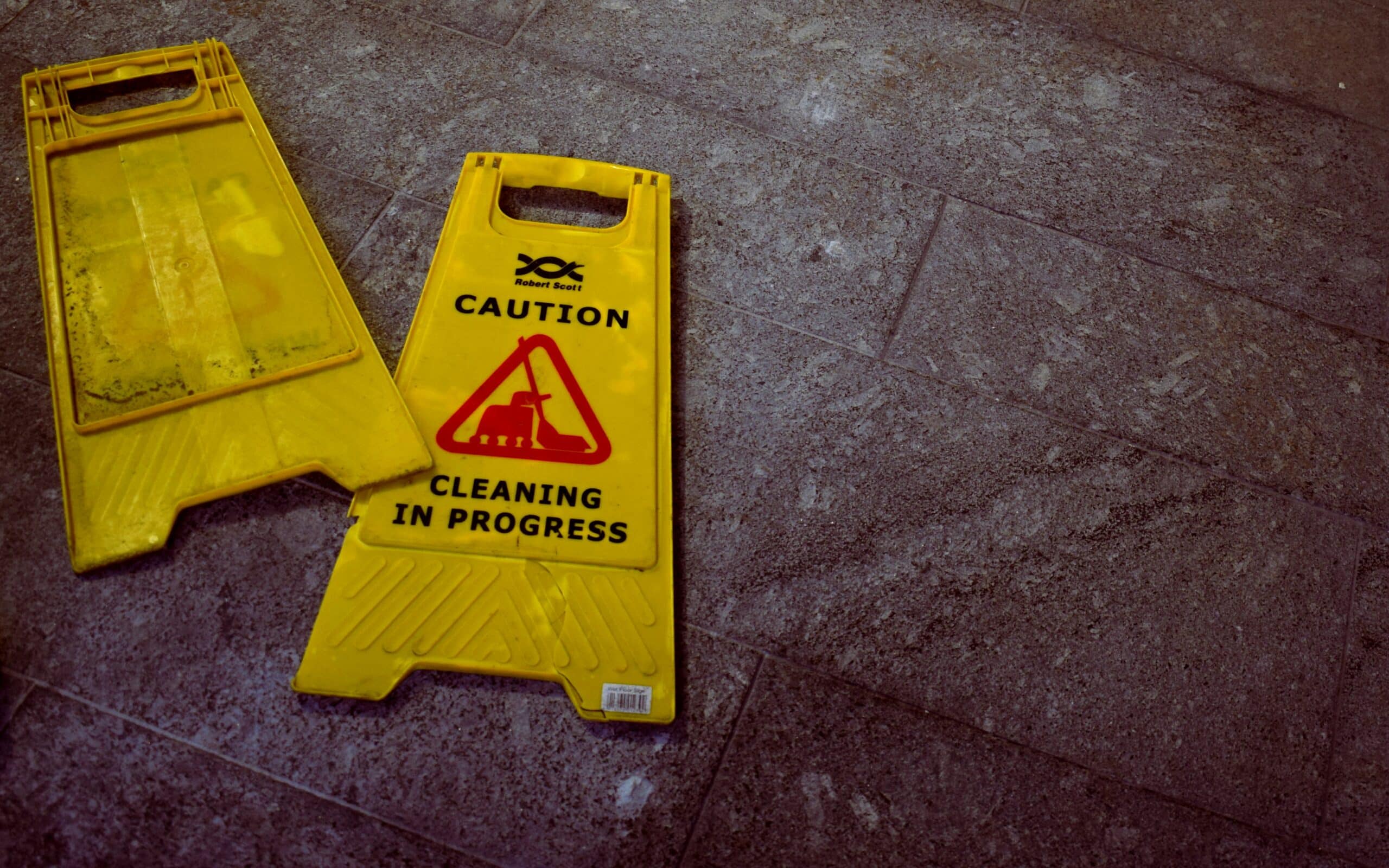Each year, school capital funding is allocated by the DfE to help state schools maintain and improve the condition of their buildings and grounds. Different types of school are eligible for different types of funding, like school condition allocations (SCA) or the condition improvement fund (CIF).
Keep reading to understand the school capital funding that’s available to the organisations that make up our education sector. Plus, we’ll let you know about the tools on offer to support you to writing more successful school funding applications!
School condition allocations: What is it?
SCA funding is money that is given to the eligible bodies responsible for maintaining school buildings (rather than directly to a school itself). Eligible bodies have responsibility to prioritise, distribute, and guarantee the use of SCA. Local authorities, multi-academy trusts (MATs), and special schools are three examples of these eligible bodies. The DfE notifies bodies eligible for direct SCA in the Autumn, and they state that ‘eligibility should not be assumed unless it has been confirmed’.
What is the condition improvement fund?
The CIF is different to SCA, in the sense that eligible schools must bid for the funds rather than receive them directly. The CIF is for smaller academy trusts, VA bodies, and sixth-form colleges, and those eligible for CIF in 2024/2025 have already been invited to bid for the fund. The DfE informs organisations of their eligibility in the autumn, and applications tend to close around mid-December.
It’s important to note that invitations mean that these schools’ responsible bodies will not receive any SCA funding on their behalf. Schools whose CIF bid has been successful then receive a direct payment of the funds – it doesn’t go to the responsible body to organise or distribute.
What funding is available for RAAC?
Just as schools were opening their doors for the start of term in September 2023, some were having to close. RAAC (reinforced autoclaved aerated concrete) was confirmed to have been found in 231 schools, prompting partial closures. The ‘bubbly’ concrete is usually found on flat roofs, floors, and walls and can cause structural issues or even failure.
In new information for the 2024-25 CIF round, the DfE states that ‘applications for RAAC mitigations and/or RAAC roof replacements are not required’. Instead, both the immediate and long-term costs of mitigating and removing RAAC will be funded separately by the government. This includes installing alternative classroom space (where necessary), as well as ‘reasonable requests’ for extra support – things like temporary renting of a local hall.
And for projects involving the removal of RAAC, capital grants or rebuilding projects (including the School Rebuilding Programme) will be offered to schools.
What is additional school capital funding?
An additional £447 million in school capital funding was given to eligible schools and sixth-form colleges in 2022-23. The aim of this extra cash is to help organisations to improve the energy efficiency of their school estate. But, the DfE notes that schools have ‘discretion to spend this on other capital projects’ if they deem energy efficiency improvements aren’t appropriate based on local circumstances.
Where should you prioritise school capital funding?
Now you understand which schools are eligible for each type of funding, the question becomes how do you write a winning application, like for the CIF? Knowing which school buildings, sites, or classrooms are most in need of remedial works or maintenance is a good place to start!
We know that’s easier said than done. Which is exactly why we developed a Condition Management module for our school compliance manager to increase your visibility over the condition of sites and assets across your organisation!
Managing school condition, with Every Compliance
When you can record, view, and compare the state of sites across your estate from a single place, you immediately become more aware of the areas that should be taking school capital funding priority. Meaning, you can populate your CIF application with more granular detail on where the funds will be spent, and why they’re needed!
Every Compliance builds on systems you might already have in place to inform where you prioritise repairs, like the use of condition grades. You can get your hands on school- and MAT-level roll-ups of the Ds and Cs, 1s and 2s that make up your estate, which can support better maintenance decisions now and future bid writing.
The more schools that can make the most informed use of the DfE’s capital funding, the better the condition (and safety) of the country’s school buildings and grounds.
To find out how Condition Management from Every Compliance can support your future funding applications, speak with a member of our team!



